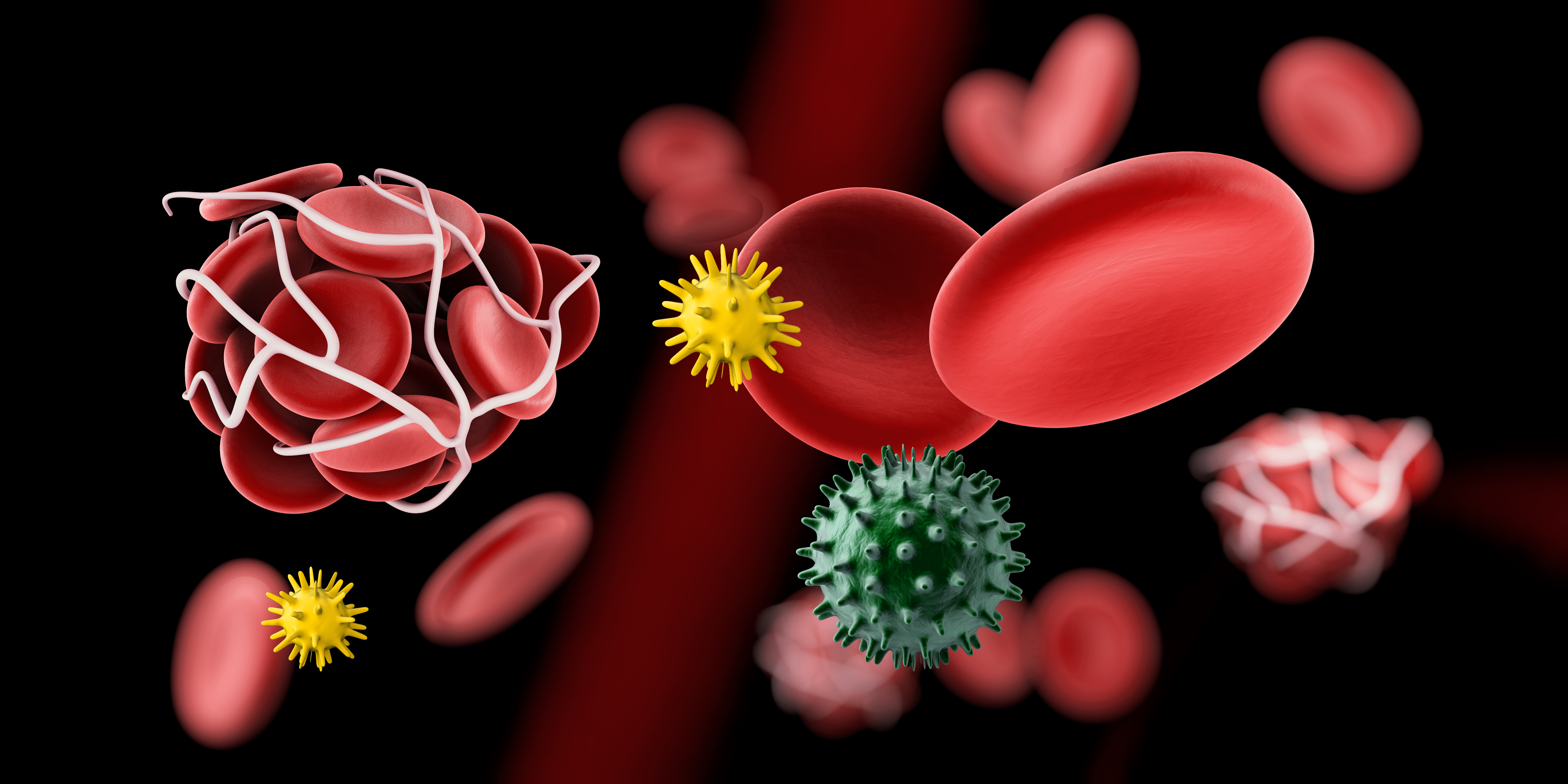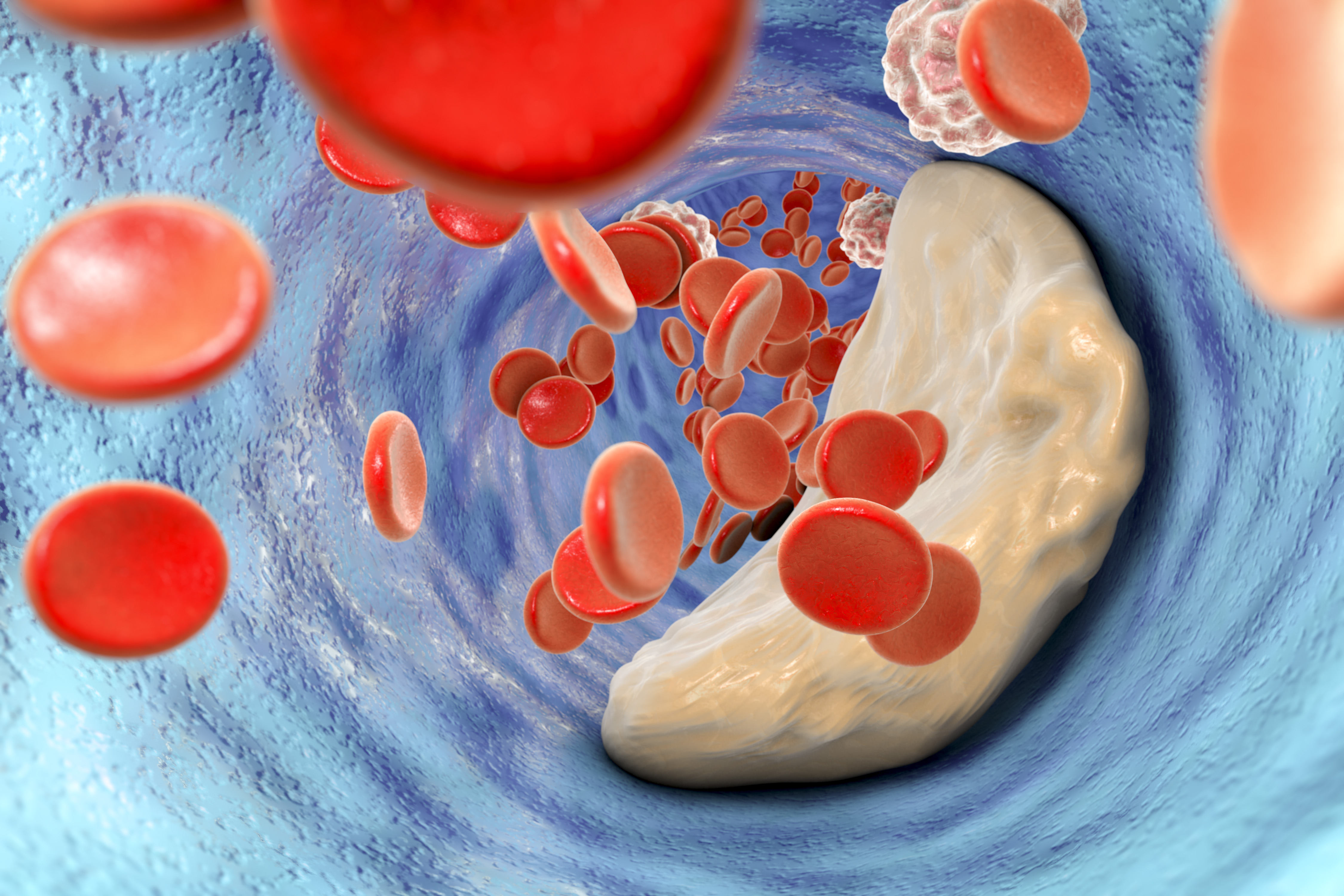According to the results of Assessment of Dual Antiplatelet Therapy Versus Rivaroxaban in Atrial Fibrillation Treated with Left Atrial Appendage Closure (ADRIFT) trial, recently presented at the European Society of Cardiology (ESC) Congress 2019 by Prof. Dr. Montalescot, from Pitié-Salpêtrière Hospital, Paris, low dose rivaroxaban is superior to dual antiplatelet therapy (DAPT) in controlling thrombin generation in patients undergoing Left Atrial Appendage Closure (LAAC).
LAAC is a novel method to decrease stroke risk in patients with atrial fibrillation and contraindication to anticoagulation therapy. Traditionally, patients undergo LAAC, are treated with warfarin + aspirin for 6 weeks, followed by once-daily clopidogrel + ASA for 6 months, and then followed by indeterminate ASA therapy. Nevertheless, traditional treatment is not very well tolerated in most of the patients. Daily clopidogrel + ASA followed by single antiplatelet therapy is the most frequently ordered regimen. Potentially, rivaroxaban, a Factor Xa inhibitor, could be a substitute with better tolerance and less risk. ADRIFT trial was therefore conducted to demonstrate the best antithrombotic strategy following LAAC.
ADRIFT is an open-label, three-arm study, which compared two different Rivaroxaban regimen (10 vs. 15 mg daily) with DAPT after successful LAAC. The aim was to determine whether rivaroxaban could provide appropriate anticoagulation and adequate suppression of coagulation activation after LAAC. Patients were assessed at 10 and 90 days. The primary endpoint was defined as central laboratory hemostasis (Prothrombin fragments 1+2, Factor Xa inhibitory activity, Russel Viper venom enzyme assay, thrombin anti-thrombin (TAT) complex, D-dimer level, Prothrombin time (Neoplastin) and plasma von Willebrand factor (vWf) Ag level. Secondary endpoints were focused on clinical events (death, MI, stroke, TIA, systemic embolism, and extracranial major bleeding or clinically relevant non major bleeding). Central laboratory, clinical endpoint committee, and echographic core laboratory were blinded to randomization arm.
In this multicenter study, a total of 104 patients were randomized into three groups. They received either 10 mg of rivaroxaban (n=37), 15 mg of rivaroxaban (n=34), or DAPT (n=33). The calculated CHA2DS2-VASC score was ≥ 4 and the HAS-BLED score was ≥ 3.5 among all the groups. According to the results of this study, low-dose rivaroxaban was superior in controlling thrombin generation compared to DAPT. Additionally, clinical endpoints at 90 days follow-up were similar among all study groups.
Although low dose rivaroxaban therapy revealed satisfactory results in this trial, further larger studies are warranted to support and confirm these findings with a higher power. Although 10 and 90 days follow-up seems appropriate for hemostatic studies, clinical endpoints evaluation calls for longer periods of follow-up time.



